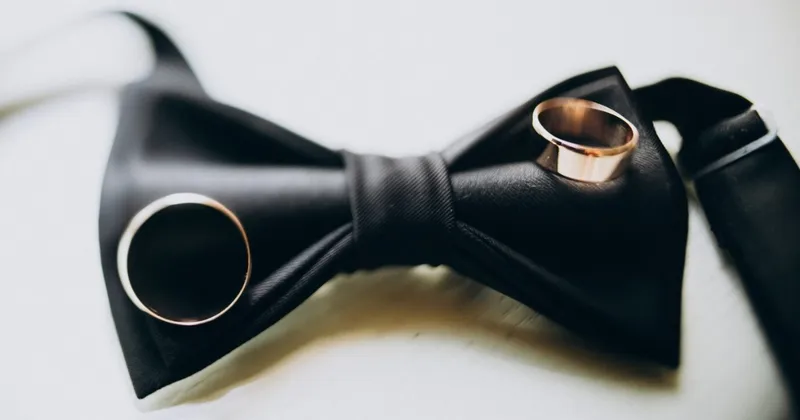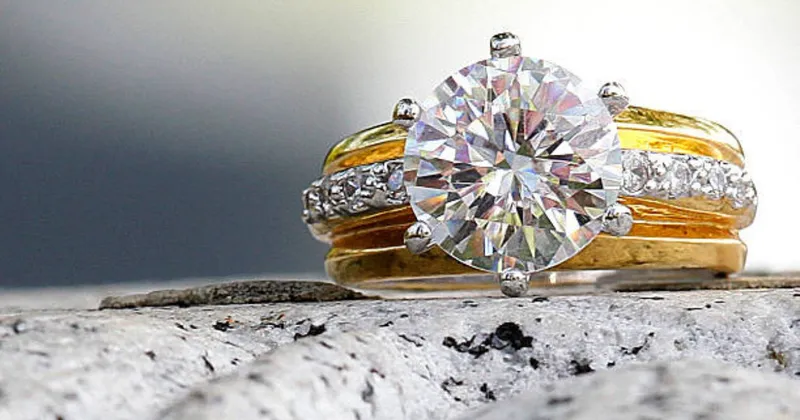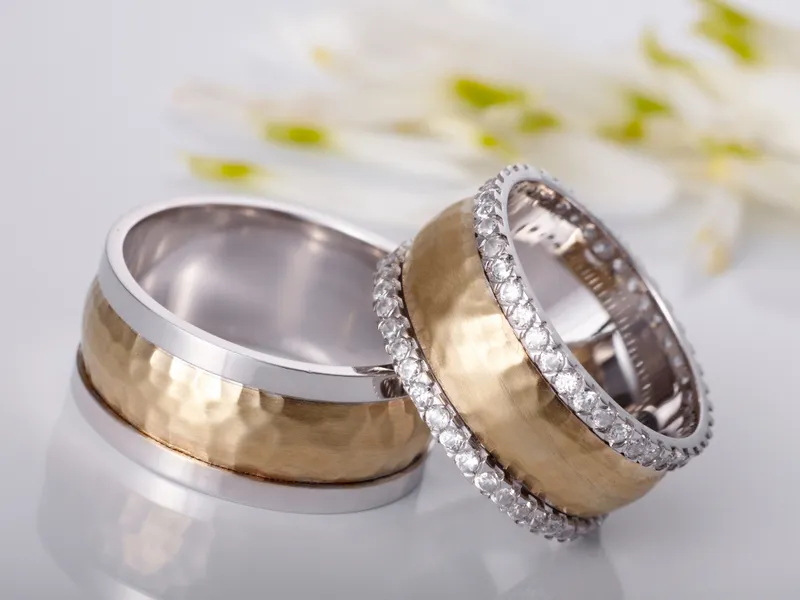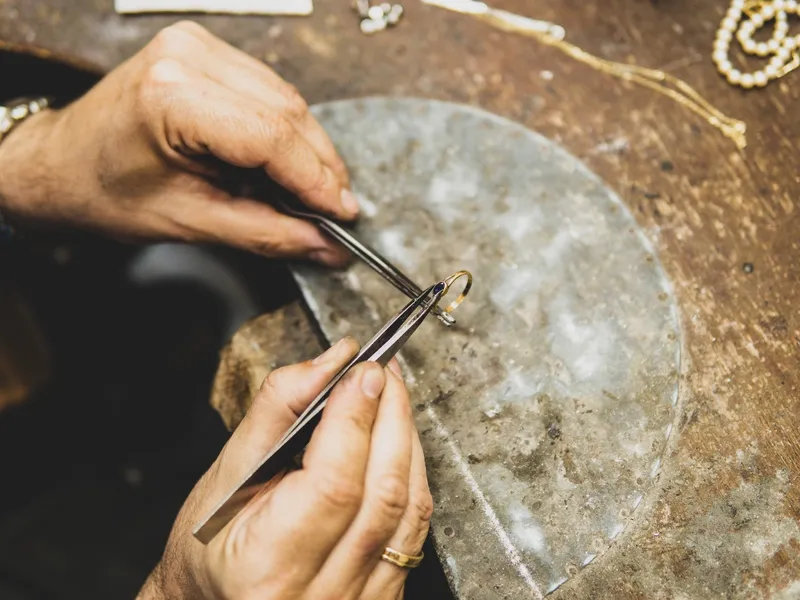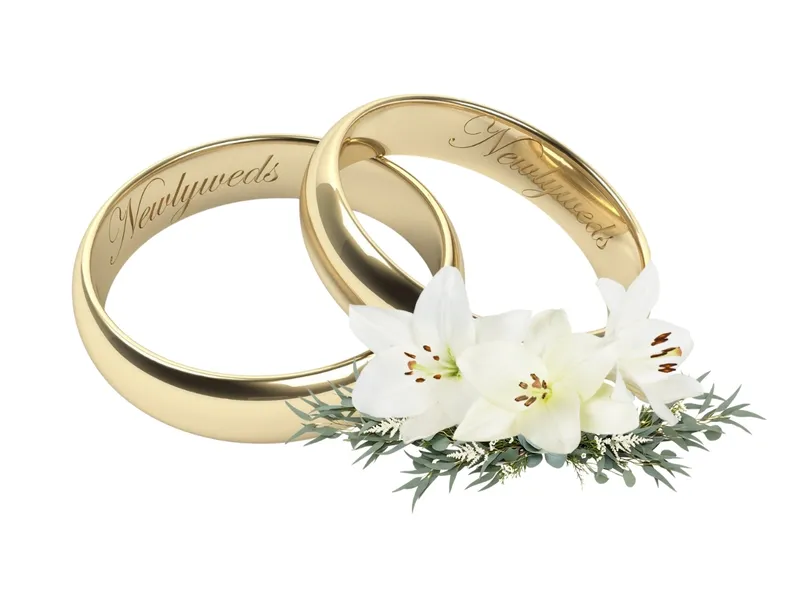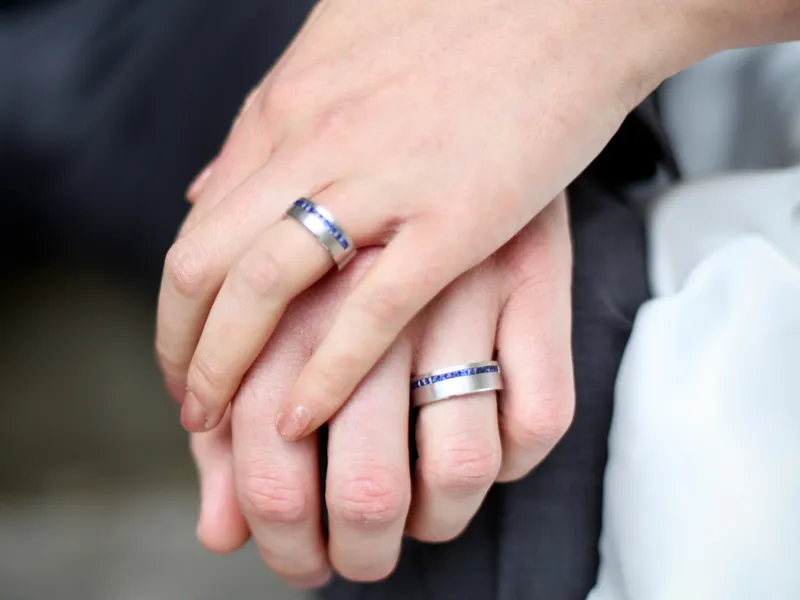Tips for Choosing an Engagement Ring That Your Partner Will Adore and Appreciate
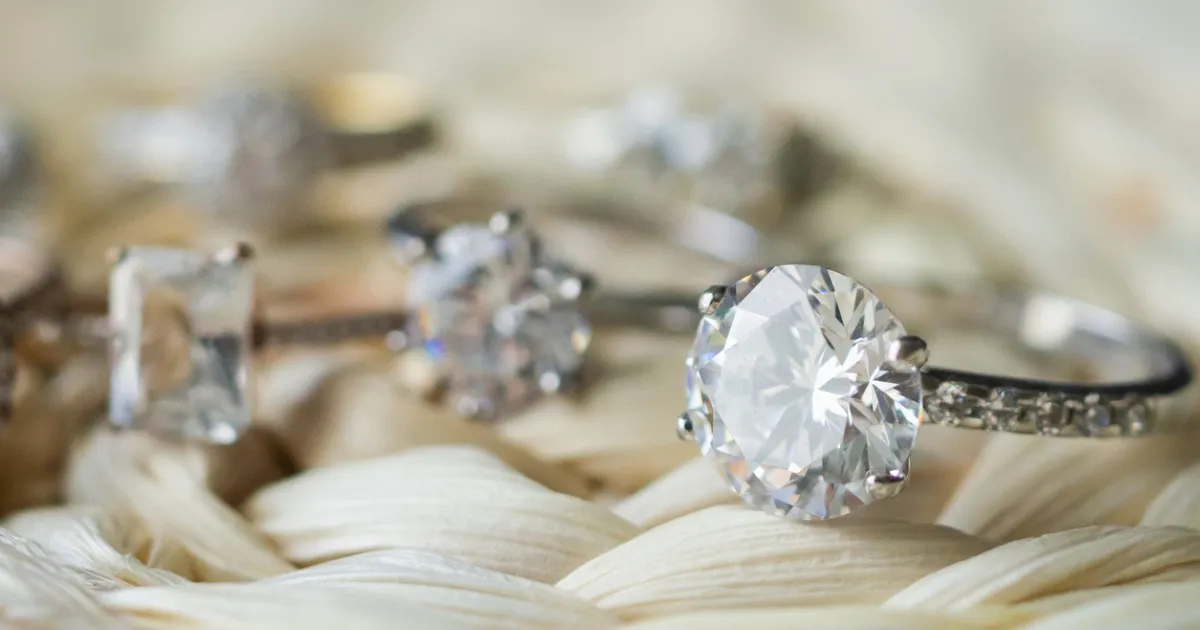
Choosing an engagement ring is an important step that reflects both love and personal style. Understanding your partner's taste and preferences is key to selecting a ring they will cherish. The right ring can symbolize a deep commitment and bring joy for years to come.
Ring styles vary widely, from classic to modern, and diamonds come in many shapes and qualities. Knowing what your partner likes can make the selection process easier and more enjoyable. Attention to detail in design and personal touches can make a ring feel special and unique.
Budgeting wisely is also essential, as it helps narrow down choices without sacrificing quality. Making informed decisions will lead to satisfaction for both partners. The journey of choosing an engagement ring can be an exciting experience when approached thoughtfully.
Key Takeaways
- Know your partner’s style for a meaningful choice.
- Select a ring that fits within a reasonable budget.
- Personal touches can enhance the ring's significance.

Understanding Your Partner's Style
Choosing the right engagement ring requires a good understanding of your partner's style. This involves looking at their lifestyle, personal taste, and ring preferences. By focusing on these aspects, it becomes easier to find a ring that they will cherish.
Considering Lifestyle and Comfort
Your partner’s daily activities play a big role in their ring choice. If they have an active job or enjoy sports, a simpler and more durable ring might be best.
Look for styles that can withstand wear. For example, a lower-set stone can reduce the chance of snagging on clothes.
Also, think about the materials used. Some people prefer lightweight metals, while others like the feel of heavier bands. Knowing their comfort level is key to making the right choice.
Evaluating Personal Taste in Jewelry
When considering personal taste, pay attention to the jewelry your partner already wears. Do they have a preference for gold, silver, or rose gold? Noting whether they choose classic or modern pieces can guide your selection.
Observe the shapes and styles they enjoy. For instance, do they prefer minimalist designs or something more elaborate?
This will help in selecting a ring that matches their aesthetic, making it a cherished piece.
Knowing the Significance of Ring Styles
Different ring styles have unique meanings and appeal to various personalities. Solitaire rings symbolize simplicity and elegance. Halo rings, with their surrounding stones, add extra sparkle.
- Vintage styles offer a classic look that may resonate with those who appreciate history.
- Contemporary styles can reflect a modern sensibility.
Understanding these distinctions allows for a more personalized choice that aligns with your partner's preferences and values.

The Fundamentals of Diamond Selection
Choosing the right diamond for an engagement ring involves understanding several key factors. The 4 Cs, diamond shape, and certifications are crucial in making an informed choice.
Learning About the 4 Cs
The 4 Cs stand for Cut, Color, Clarity, and Carat weight. Each factor plays a significant role in determining a diamond's value and beauty.
- Cut: This refers to how well the diamond has been shaped and faceted. A good cut enhances brilliance and sparkle.
- Color: Diamonds come in various colors. The most valuable diamonds are near colorless. A color scale is used to grade them.
- Clarity: This measures the presence of flaws or inclusions. Higher clarity means fewer visible blemishes, resulting in a more beautiful stone.
- Carat weight: This indicates the diamond’s size. Larger carat diamonds are rarer and more expensive.
Understanding these traits helps choose a diamond that fits preferences and budget.
Choosing the Right Diamond Shape
Diamond shape impacts the ring's overall look. Different shapes appeal to different styles and personalities.
- Round: This popular shape offers maximum brilliance. It suits traditional preferences.
- Princess: A square shape that combines modernity with brilliance. It’s great for those who want a unique flair.
- Oval: This shape looks larger than its carat weight. It’s stylish and elongates the fingers.
- Emerald: A rectangular shape that emphasizes clarity. It’s ideal for vintage-inspired rings.
- Marquise: This tapered design provides a dramatic look.
Choosing a shape that reflects her style is key for satisfaction.
Understanding Certification and Ethics
Certification confirms the quality of the diamond. Look for stones graded by reputable organizations, such as GIA or AGS.
Ethical sourcing is also essential. Many buyers prefer conflict-free diamonds.
- Conflict-free: These diamonds are sourced responsibly without funding violence.
- Lab-grown diamonds: These are a sustainable choice. They look identical to natural diamonds but often cost less.
Researching certification and ethical practices ensures a conscientious purchase that will be appreciated.

Ring Design and Customization
Choosing the right design and customization for an engagement ring is important. It influences how the ring looks and how durable it will be. Understanding metal types and ring settings can help make an informed decision.
Metal Types and Their Durability
The choice of metal affects both appearance and strength. Common options include:
- Gold: Available in yellow, white, and rose. It’s classic but can scratch easily.
- Platinum: This metal is strong and resistant to wear. It's a popular choice for durability.
- Palladium: Similar to platinum, it is lightweight and won’t tarnish easily.
- Silver: Affordable but less durable. It may require more maintenance.
When selecting a metal, consider lifestyle and wear. Some metals can show scratches more easily, while others maintain their shine longer. Balancing beauty and practicality is key.
Selecting a Ring Setting
The setting holds the gemstone in place and greatly affects the ring's look. Common settings include:
- Solitaire: Simple and timeless, featuring one main stone.
- Halo: Encircles the main stone with smaller stones for added sparkle.
- Three-Stone: Represents the past, present, and future with three diamonds.
- Pavé: Features small stones set closely together for a continuous sparkle.
When deciding on a setting, think about your partner’s style. Some prefer classic designs, while others enjoy modern or vintage looks. The right setting can enhance the center stone and create a unique ring.
Budgeting and Making the Purchase
Setting a budget and understanding payment options are crucial steps when buying an engagement ring. Marking these areas helps ensure the purchase aligns with one's finances while finding the perfect ring.
Determining a Budget
Creating a budget starts with personal finances. It is important to look at savings, income, and expenses. A common guideline suggests spending two to three months' salary on an engagement ring, but this varies based on individual situations.
Here are some tips:
- Know what you can afford. Look at your monthly expenses and savings to set a realistic limit.
- Consider long-term goals. Don't overspend if it affects other financial plans, like buying a house or saving for a vacation.
- Keep in mind your partner's style. Research their preferences to find a ring that suits their taste without breaking the bank.
Exploring Payment and Financing Options
There are several payment options available when purchasing an engagement ring. Understanding these can help one make a sound decision.
Some common options include:
- Credit cards. They offer rewards or cash-back options but should be used wisely to avoid high-interest debt.
- Layaway plans. Many jewelers offer layaway, allowing customers to pay for the ring in installments before taking it home.
- Financing through the jeweler. Some jewelers provide financing with low or zero interest for a set period, making it easier to afford a larger purchase.
Researching multiple options helps in selecting the best approach for the financial situation at hand.
Frequently Asked Questions
Choosing an engagement ring involves several important factors. Understanding ring size, etiquette, personal style, diamond quality, and budgeting can make the process easier and more enjoyable.
What are the key factors to consider when choosing an engagement ring?
Key factors include the type of metal, the gemstone, and the shape of the ring. It's also important to consider the partner's personal style and lifestyle. Understanding these elements can help in making a thoughtful choice.
How can you determine the right ring size without your partner knowing?
One way to find the ring size is to borrow a ring that the partner already wears on their ring finger. Another method is to trace the inner circle of the ring on a piece of paper. Both approaches help in getting an accurate size without revealing the surprise.
What are the traditional etiquette rules around shopping for an engagement ring?
Traditionally, the person proposing purchases the ring without the partner's input. It is also common to seek advice from family or friends. Knowing these rules can guide the shopping experience to be respectful and thoughtful.
Which aspects should you focus on to match an engagement ring to your partner's style?
To match the partner's style, consider their jewelry preferences and daily outfits. Look for hints in what types of jewelry they wear. Attention to details like preferred metal colors and gemstone styles can influence the choice significantly.
How do the 5 C's of diamond quality impact the selection of an engagement ring?
The 5 C's stand for cut, color, clarity, carat, and cost. Each aspect plays a vital role in the quality and appearance of the diamond. Understanding these factors helps in selecting a desirable and sparkling ring.
Are there strategies for selecting an engagement ring on a budget?
Finding a budget-friendly ring can be done by choosing alternative gemstones or simpler designs. Setting a clear budget ahead of time is crucial. Exploring sales and discounts can also lead to great finds without overspending.

